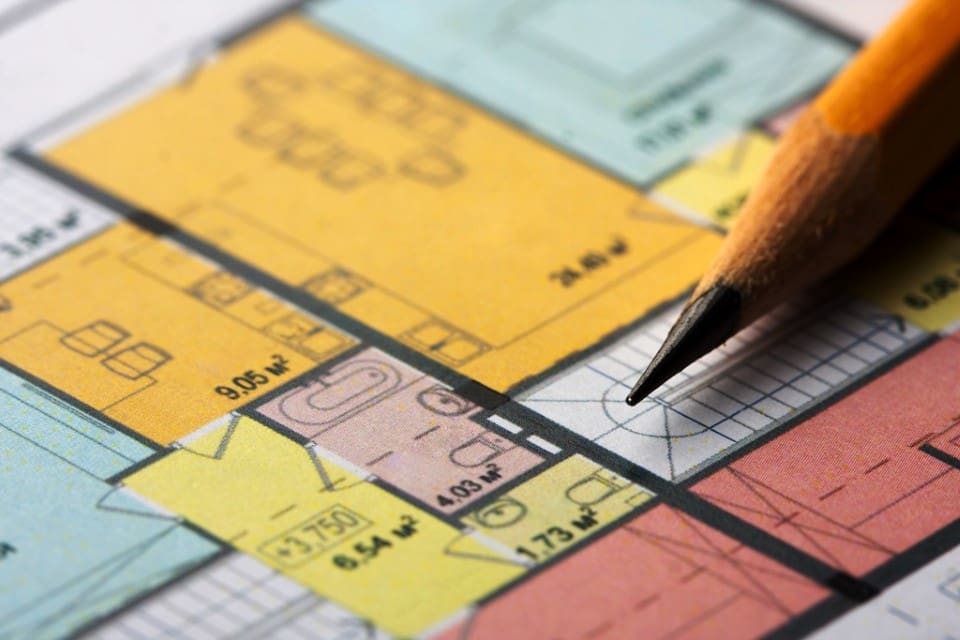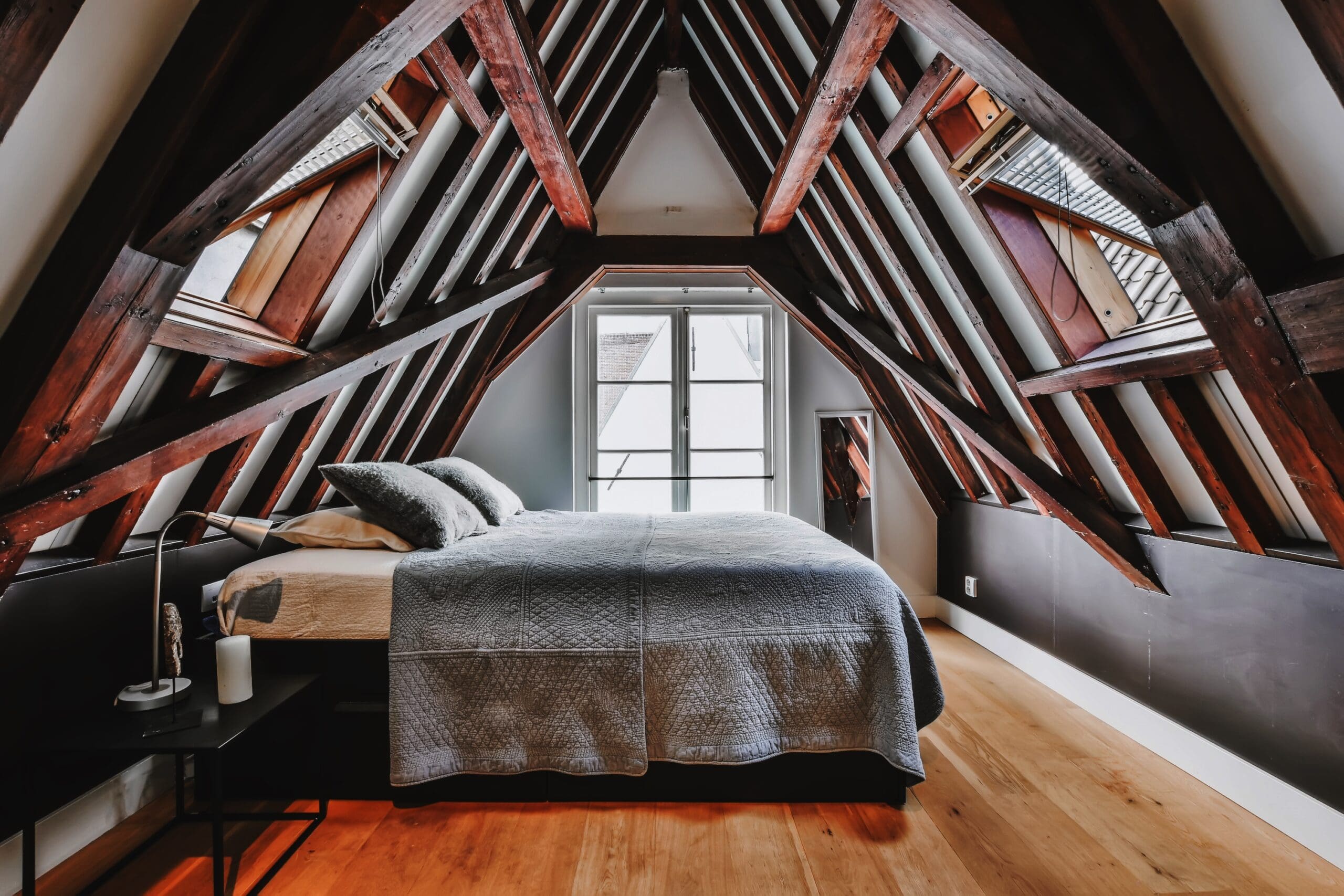Are you thinking about expanding your home’s living area? One way would be to convert your attic into usable space, which could be a game-changer. However, before diving in, it’s crucial to weigh the pros, cons, and costs involved.
Converting your attic not only adds square footage but also opens up possibilities for new rooms like a bedroom, office, or entertainment area. This expansion can enhance comfort and functionality for your family. Additionally, an attic conversion can significantly increase the resale value of your home, making it a smart investment for the future.
Benefits of Attic Conversion
Converting your attic offers numerous advantages. It can significantly increase your home’s square footage, adding value and functionality. Additionally, it provides an opportunity to create a unique and personalized space tailored to your needs.
The added space can be utilized for various purposes, such as a guest suite, home gym, or playroom, enhancing your lifestyle and overall satisfaction with your home. Moreover, an attic conversion allows for creative interior design choices, from cozy nooks to expansive living areas, reflecting your style and personality. Furthermore, transforming your attic into a living space can improve energy efficiency by addressing insulation and ventilation needs.
Considerations Before Converting

Before embarking on an attic conversion project, consider factors such as structural integrity, insulation, and building codes. Ensuring proper planning and execution is essential to avoid future complications.
Assessing the structural integrity of your attic ensures it can support the additional weight and modifications required for conversion. Adequate insulation is crucial for comfort and energy efficiency, especially in regions with extreme climates. Also, heating and cooling the space is a significant consideration and can add a substantial amount to the overall cost. Familiarizing yourself with local building codes and permits ensures compliance and avoids costly legal issues down the line.
Costs Involved

The cost of converting an attic varies based on factors like size, materials, and desired amenities. While it can be a substantial investment, the long-term benefits and added home value often outweigh the initial expenses.
Budgeting for an attic conversion should include not only construction costs but also potential upgrades such as HVAC systems, lighting, and flooring. Obtaining multiple quotes from reputable contractors helps in estimating costs accurately and negotiating favorable terms. Consider the return on investment (ROI) in terms of increased property value and improved quality of life when evaluating the costs.
Is It Worth It?
Ultimately, the decision to convert your attic into living space depends on your specific needs, budget, and long-term goals for your home. Proper research, planning, and consulting with professionals can help you make an informed and rewarding choice.
Gaining insights from real estate experts can provide valuable information about market trends and the potential impact of an attic conversion on your home’s resale value. Evaluating your lifestyle requirements and future plans for the property ensures that the conversion aligns with your priorities and enhances your living experience. Keep in mind that a well-executed attic conversion can add functional space, aesthetic appeal, and financial value to your home.
#AtticConversion #HomeRenovation #LivingSpace #InteriorDesign
